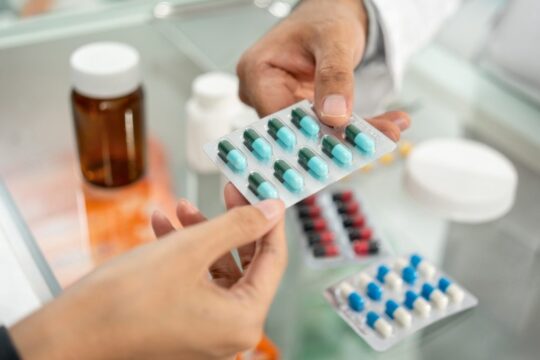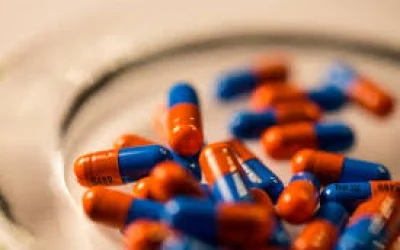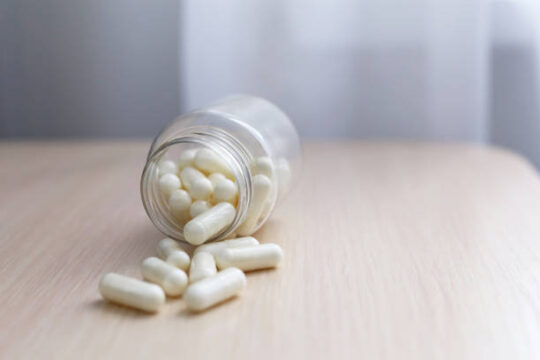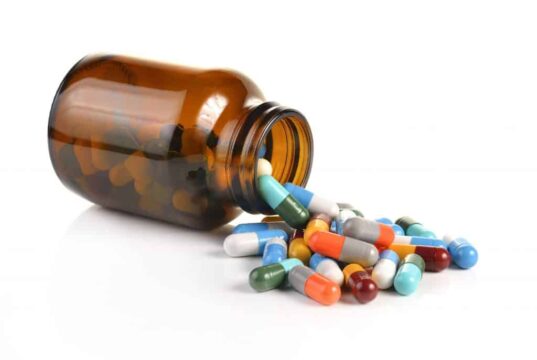- You have no items in your shopping cart
- Continue Shopping

Vyvanse (lisdexamfetamine dimesylate) is a prescription medication primarily indicated for the treatment of Attention Deficit Hyperactivity Disorder (ADHD) in patients aged six years and older. It is also approved for the treatment of moderate to severe binge eating disorder in adults. Vyvanse is classified as a central nervous system (CNS) stimulant and works by affecting certain chemicals in the brain that contribute to hyperactivity and impulse control. This description explores the implications and considerations of taking two 50mg Vyvanse tablets.
Dosage and Administration:
The standard starting dose of Vyvanse for ADHD in adults and children over six years old is typically 30mg, which can be adjusted based on the patient’s response and tolerance. However, some individuals may be prescribed a higher dose, such as taking two 50mg Vyvanse tablets, for a total of 100mg. This should only be done under the supervision of a healthcare provider. Taking two tablets may be indicated for patients who have demonstrated a need for increased medication to manage their symptoms effectively.
Benefits of Taking Two 50mg Vyvanse Tablets:
- Enhanced Symptom Management: For some patients, a higher dosage may provide better control over ADHD symptoms such as inattention, hyperactivity, and impulsiveness, allowing for improved focus and productivity in daily activities.
- Improved Quality of Life: By effectively managing symptoms, individuals may experience enhanced performance in academic, professional, and social settings, leading to a better overall quality of life.
- Customization of Treatment: Vyvanse allows for flexible dosing, meaning that patients can work with their healthcare provider to find the optimal dosage that works for them. This customization can lead to better adherence to treatment plans.
Considerations and Precautions:
While taking two 50mg Vyvanse tablets may offer benefits for certain individuals, there are important considerations:
- Potential Side Effects: Increasing the dosage may also amplify the likelihood and severity of side effects. Common side effects of Vyvanse include decreased appetite, insomnia, dry mouth, irritability, and increased heart rate. Patients should be aware of these potential effects and communicate any concerns to their healthcare provider.
- Risk of Dependence: Vyvanse is a Schedule II controlled substance, which means it has a potential for abuse and dependence. It is crucial that patients use this medication exactly as prescribed to minimize these risks.
- Individual Response: Everyone’s body reacts differently to medication. Factors such as age, weight, overall health, and co-existing medical conditions can influence how a person responds to Vyvanse. Regular check-ins with a healthcare provider are vital to assess the effectiveness and any potential side effects of the medication.
- Drug Interactions: Patients should inform their healthcare provider of all medications they are taking, as Vyvanse can interact with certain medications, which may affect its efficacy or increase the risk of adverse effects.
Conclusion:
Taking two 50mg Vyvanse tablets may be a viable option for some patients seeking enhanced management of their ADHD symptoms. However, this decision must be made in consultation with a qualified healthcare provider who can evaluate the patient’s individual needs, monitor their response to treatment, and ensure that the dosage is safe and appropriate. Vyvanse can be an effective part of a comprehensive treatment plan for ADHD, but it is essential to prioritize safety and responsible use when considering any changes to medication dosage. Always adhere to your healthcare provider’s recommendations to achieve the best outcomes.
You Might Also Like These:




